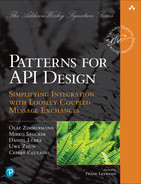Contents
Part 1: Foundations and Narratives
Chapter 1: Application Programming Interface (API) Fundamentals
Appendix A: Endpoint Identification and Pattern Selection Guides
..................Content has been hidden....................
You can't read the all page of ebook, please click here login for view all page.
